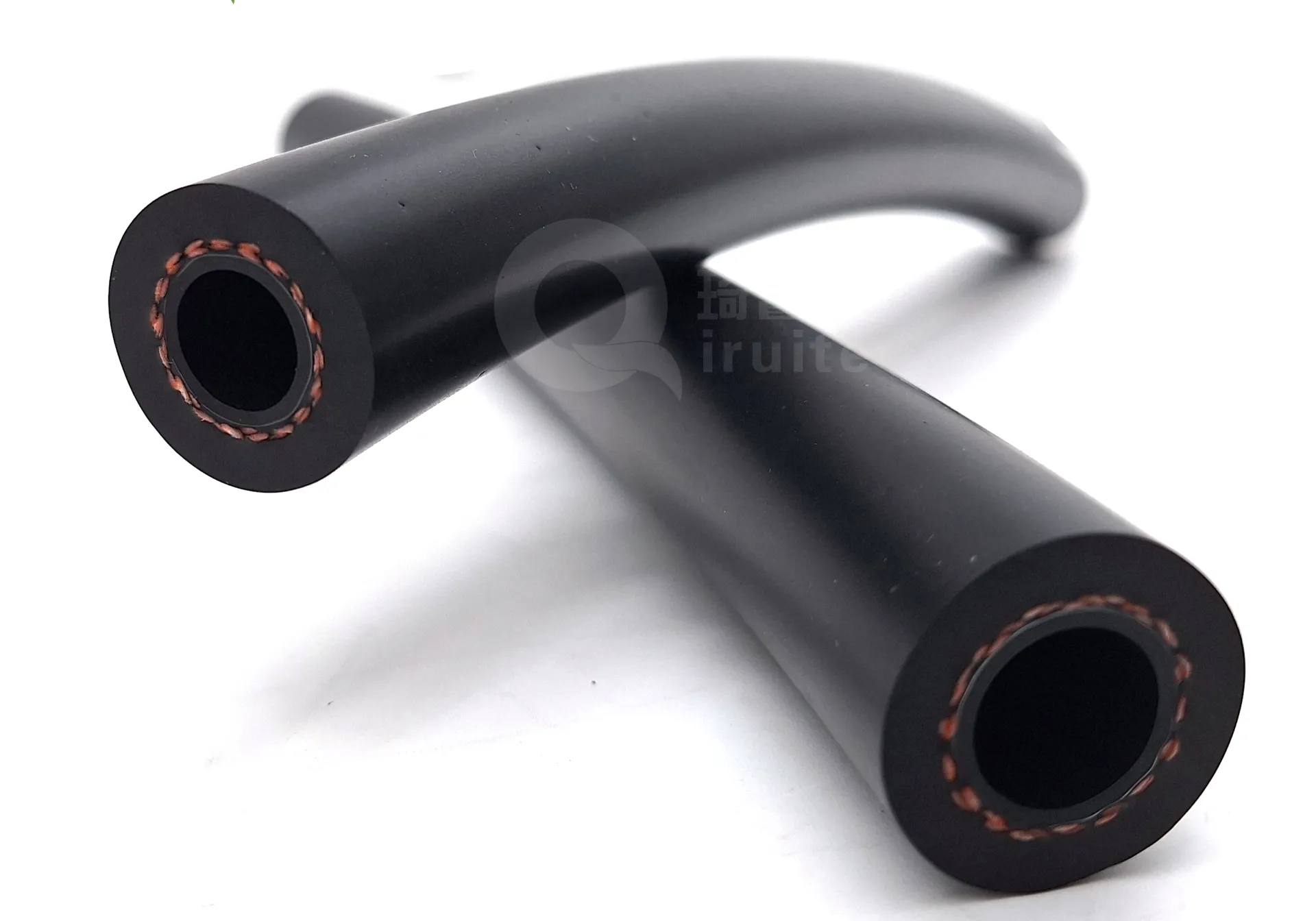what causes power steering hose to burst
Understanding the Causes of Power Steering Hose Failure
Power steering is a crucial component in modern vehicles, enhancing the driver’s ability to steer and maneuver with ease. At the heart of the power steering system is the power steering hose, which is responsible for transporting hydraulic fluid from the power steering pump to the steering gear. However, these hoses are susceptible to various forms of failure, including bursting. Understanding what causes power steering hoses to burst is essential for effective vehicle maintenance and safety.
1. Age and Wear
One of the primary factors contributing to the failure of power steering hoses is age. Over time, hoses can become brittle and may crack due to exposure to constant pressure and temperature fluctuations. The materials used in hose manufacturing degrade with time, especially if the vehicle is subjected to harsh environmental conditions. UV rays, significant temperature variations, and exposure to chemicals can accelerate this deterioration, making it critical for vehicle owners to regularly inspect their power steering hoses for signs of wear and tear.
2. High Pressure
Power steering systems operate under high pressure, typically ranging from 1,500 to 1,800 psi. If there are issues such as a clogged filter or a faulty pump, the pressure can exceed the hose’s capacity, leading to a burst. This high-pressure situation can be exacerbated during instances of sharp turns or sudden maneuvers, where the hydraulic fluid demand increases significantly. It’s essential to ensure that the power steering system is operating within its intended pressure range to prevent hose failure.
3. Overheating
Another significant cause of power steering hose failure is overheating. The hydraulic fluid in the power steering system can heat up due to prolonged use, particularly in severe driving conditions or during heavy towing. High temperatures can cause the hose material to soften and expand, making it more vulnerable to ruptures. If the fluid is not adequately cooled—perhaps due to a malfunction in the cooling components of the power steering system—long-term exposure to excessive heat can lead to catastrophic hose failure.
what causes power steering hose to burst

4. Improper Installation
Improper installation can also lead to premature failure of power steering hoses. If hoses are kinked or bent at sharp angles during installation, it can create stress points that might weaken the material and eventually lead to a burst. Additionally, if the correct hose type isn’t used for a specific vehicle or application, it may not withstand the operational pressures and temperatures, resulting in failure. It’s vital for any repairs or replacements to be carried out according to manufacturer specifications by a qualified technician.
5. Contamination
The presence of contaminants, such as dirt, debris, or the breakdown of hydraulic fluid, can also lead to power steering hose failure. Contaminated fluid can cause corrosion and degradation of the hose material, weakening its structure. Moreover, if the power steering pump or system is contaminated, it can lead to increased wear on the hoses and other components. Regularly servicing the power steering system, including flushing the fluid and replacing filters, can mitigate contamination-related failures.
6. Mechanical Damage
Physical damage to the power steering hose can occur due to various factors, such as impacts from road debris, improper lifting during maintenance, or accidental contact with moving components. Even minor abrasions can compromise the integrity of the hose and should be inspected promptly. Vehicle owners should ensure that hoses are routed properly and protected from potential damage.
Conclusion
Power steering hose failure can pose significant risks, including loss of steering control, which can lead to accidents. Regular inspection and maintenance of the power steering system are vital for detecting potential issues early and preventing catastrophic failures. Understanding the common causes of power steering hose bursts can help vehicle owners take proactive measures, ensuring their vehicles operate safely and efficiently. By addressing factors such as age, pressure, overheating, installation errors, contamination, and mechanical damage, drivers can enhance their vehicle’s reliability and longevity.
-
Ultimate Spiral Protection for Hoses & CablesNewsJun.26,2025
-
The Ultimate Quick-Connect Solutions for Every NeedNewsJun.26,2025
-
SAE J1401 Brake Hose: Reliable Choice for Safe BrakingNewsJun.26,2025
-
Reliable J2064 A/C Hoses for Real-World Cooling NeedsNewsJun.26,2025
-
Heavy-Duty Sewer Jetting Hoses Built to LastNewsJun.26,2025
-
Fix Power Steering Tube Leaks Fast – Durable & Affordable SolutionNewsJun.26,2025

